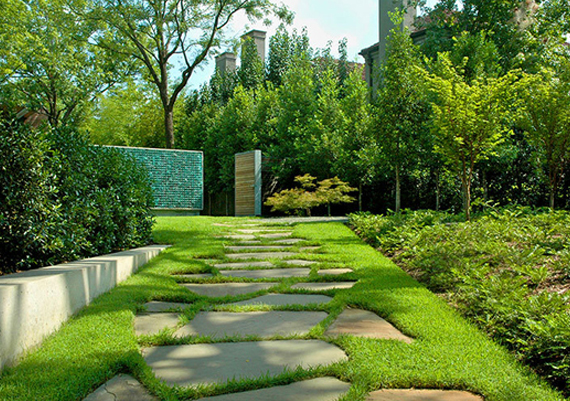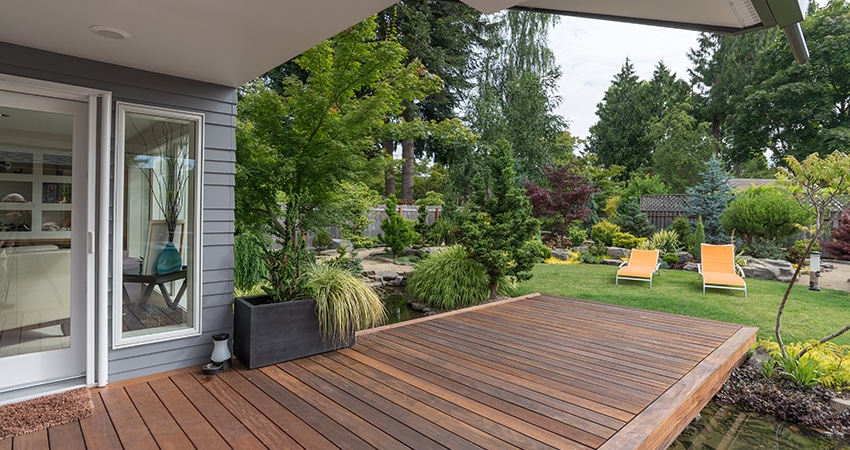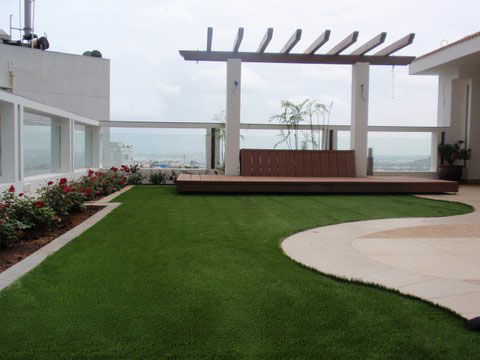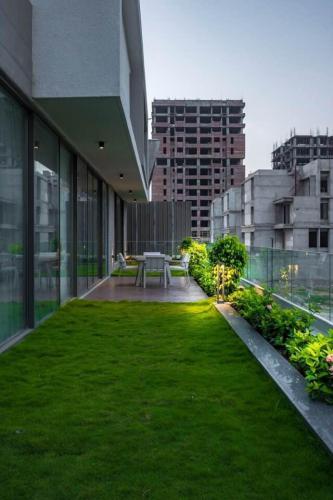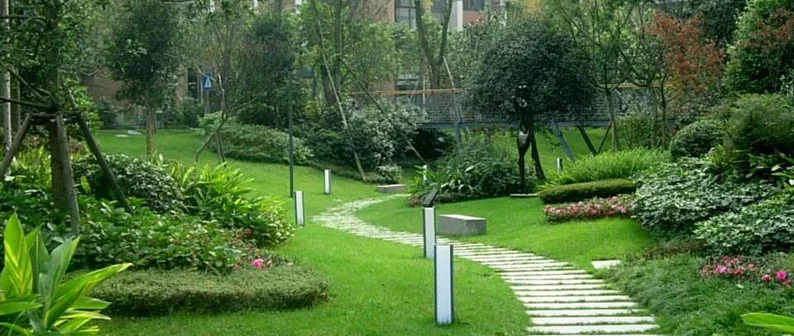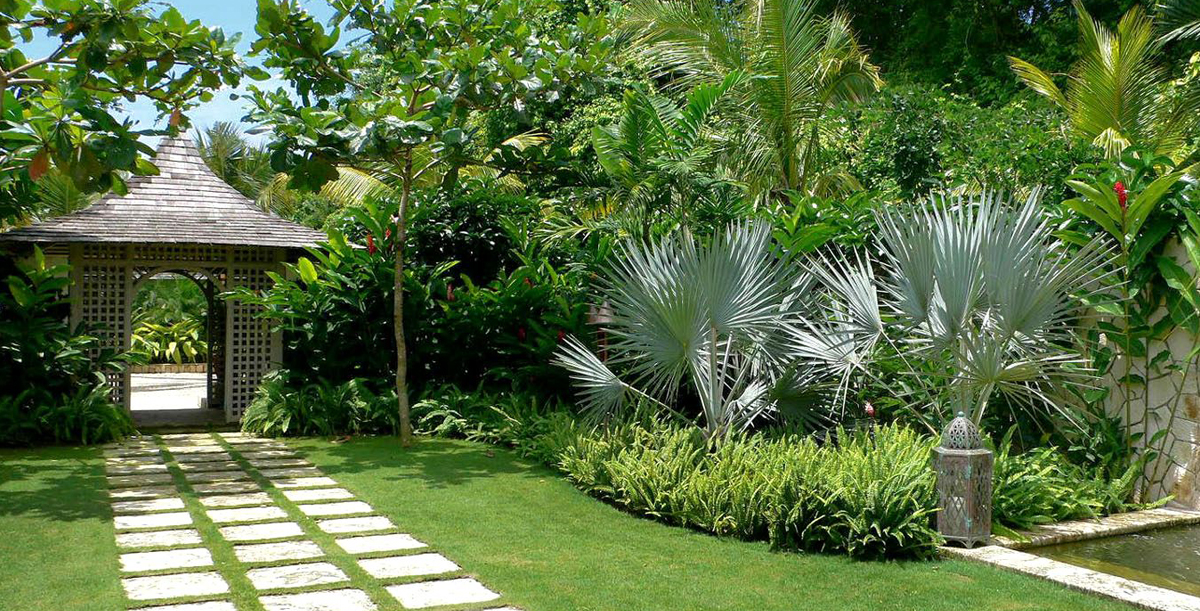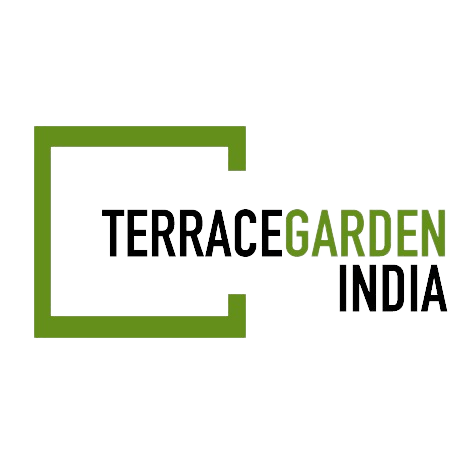Lawns & Plantation
Lawns and plantations are both aspects of landscaping and horticulture, but they serve different purposes and have distinct characteristics
Lawn is an area of soil-covered land planted with grasses and other durable plants such as clover which are maintained at a short height with a lawn mower (or sometimes grazing animals) and used for aesthetic and recreational purposes. Lawns are usually composed only of grass species, subject to weed and pest control, maintained in a green color (e.g., by watering), and are regularly mowed to ensure an acceptable length.Lawns are used around houses, apartments, commercial buildings and offices. Many city parks also have large lawn areas. In recreational contexts, the specialized names turf, pitch, field or green may be used, depending on the sport and the continent
We use the best quality measures and calibrated laser machinery techniques so as to yield high-quality results and all these methods are adopted and executed on the basis of designs prepared by our landscaping architects and designers.
Lawns:
Purpose: Lawns are typically cultivated for aesthetic and recreational purposes. They provide a green, open space that can be used for various outdoor activities, such as playing sports, picnicking, or simply lounging.
Plants: Lawns are primarily composed of grass species, which are chosen for their ability to form a dense, low-lying carpet of greenery. Common grass species used in lawns include Kentucky bluegrass, Bermuda grass, and fescue.
Maintenance: Maintaining a lawn involves regular mowing, watering, fertilizing, and weed control. Lawns are often kept short and well-groomed for a neat appearance.
Design: Lawns can be designed in various shapes and sizes to complement the overall landscape. They are often bordered by shrubs, flowers, or other landscape features.
Plantations:
Purpose: Plantations are large-scale agricultural or forestry operations designed for the production of specific crops or trees. The purpose of plantations can vary widely and may include timber production, fruit cultivation, or even rubber and palm oil production.
Plants: The choice of plants in a plantation depends on its purpose. For example, a timber plantation may consist of fast-growing tree species like pine or eucalyptus, while a fruit plantation might include apple or orange trees.
Maintenance: Plantations require maintenance practices tailored to their specific crops. This can include pruning, irrigation, pest control, and harvesting.
Layout: Plantations are often laid out in rows or grids for efficient cultivation and harvesting. The spacing between plants is carefully planned to optimize growth and yield.
Step-by-step process:
1. Site Selection and Assessment
2. Design and Planning
3. Vertical Garden Structure
4. Growing Medium and Planting
5. Irrigation System
6. Maintenance
7. Lighting and Climate Control (Indoor Vertical Gardens)
9. Regular Upkeep
